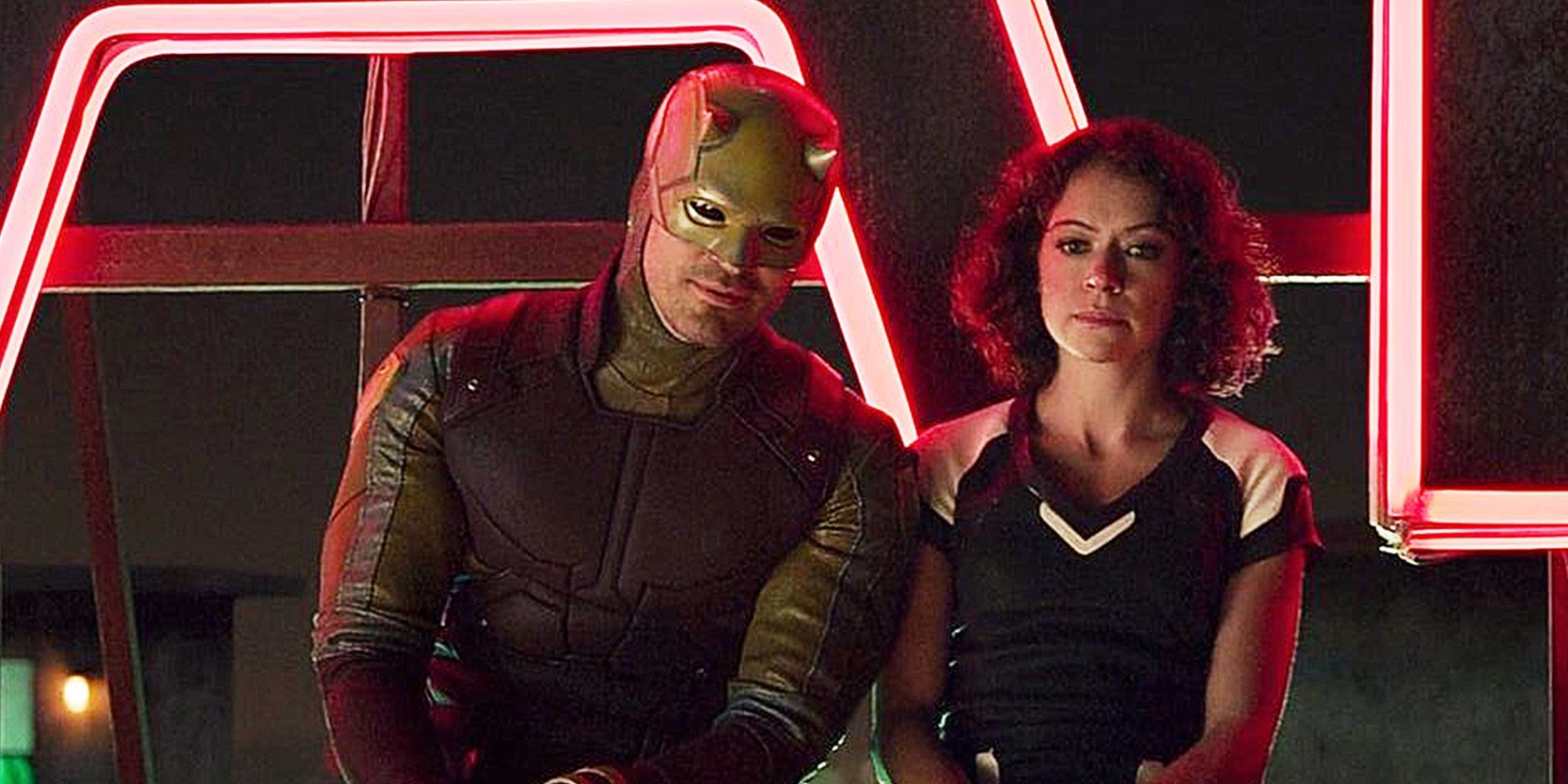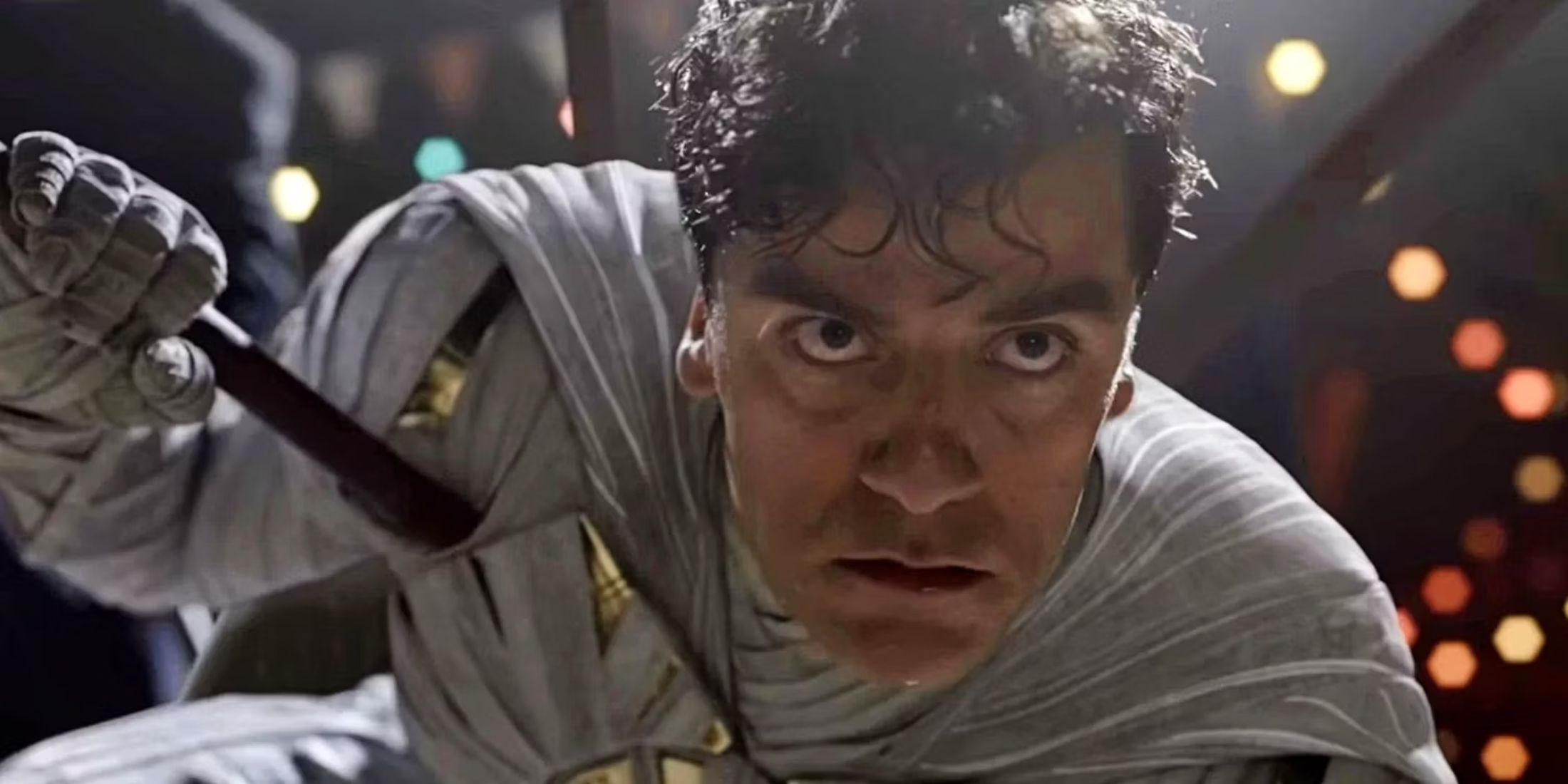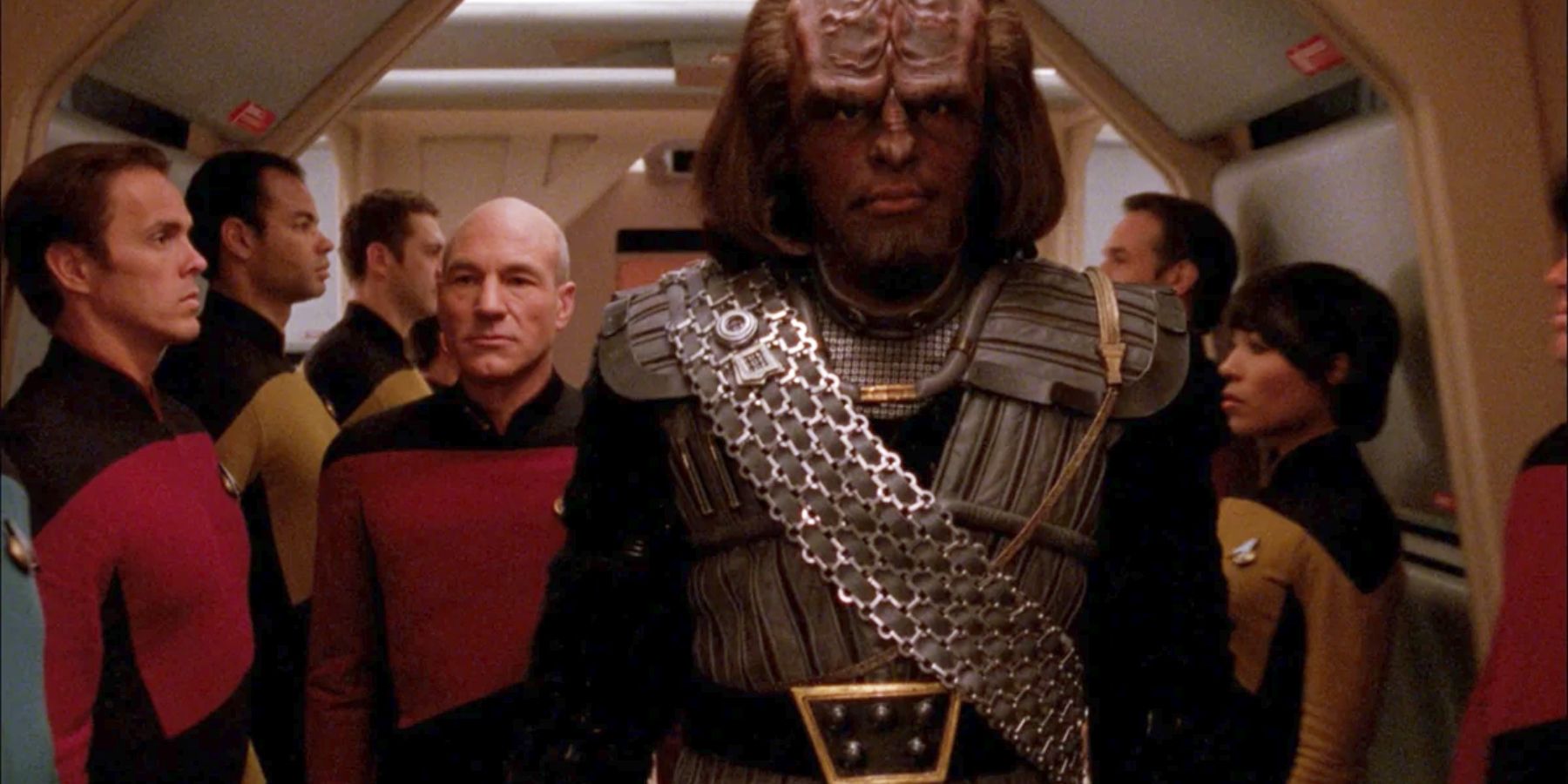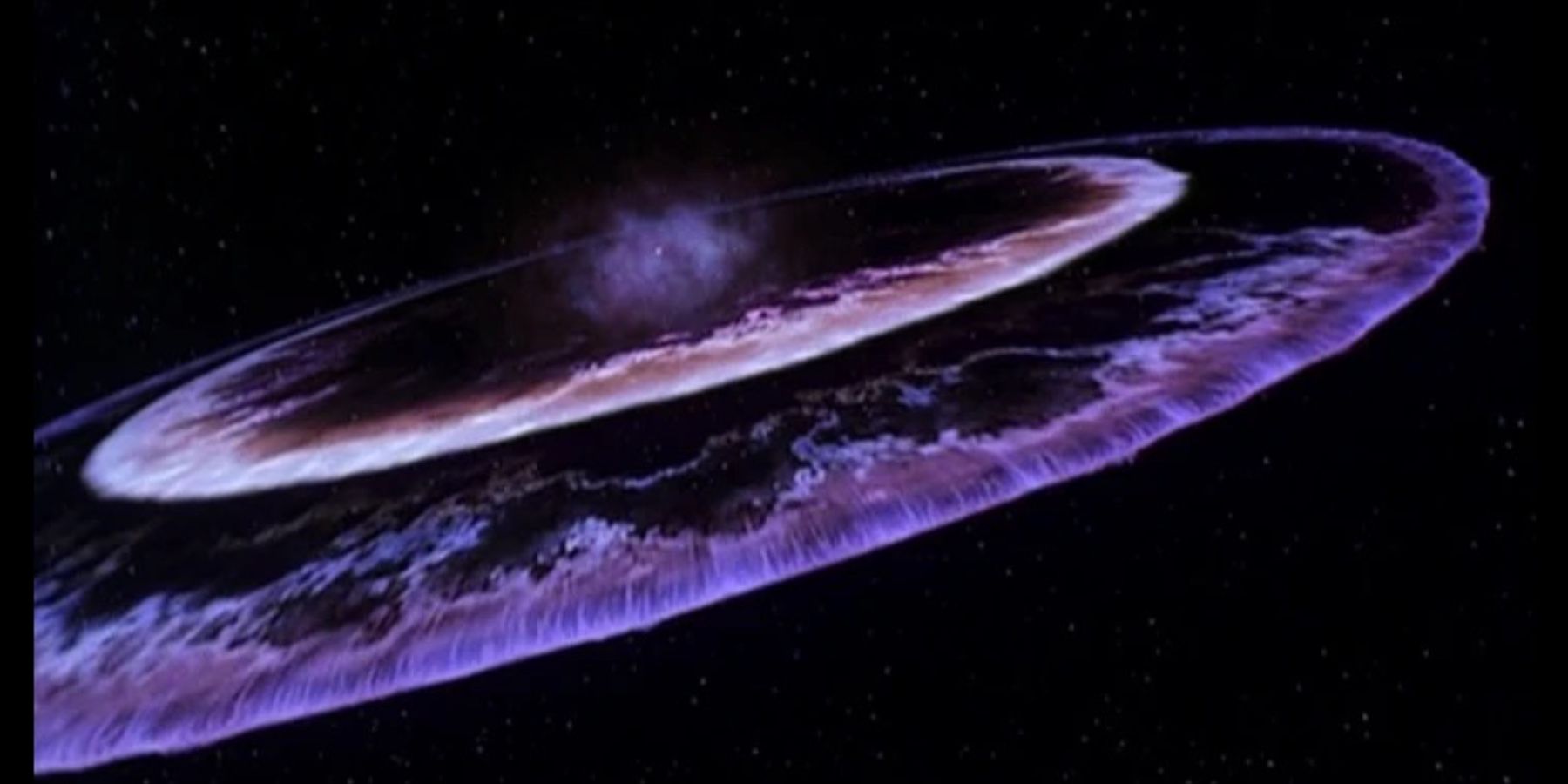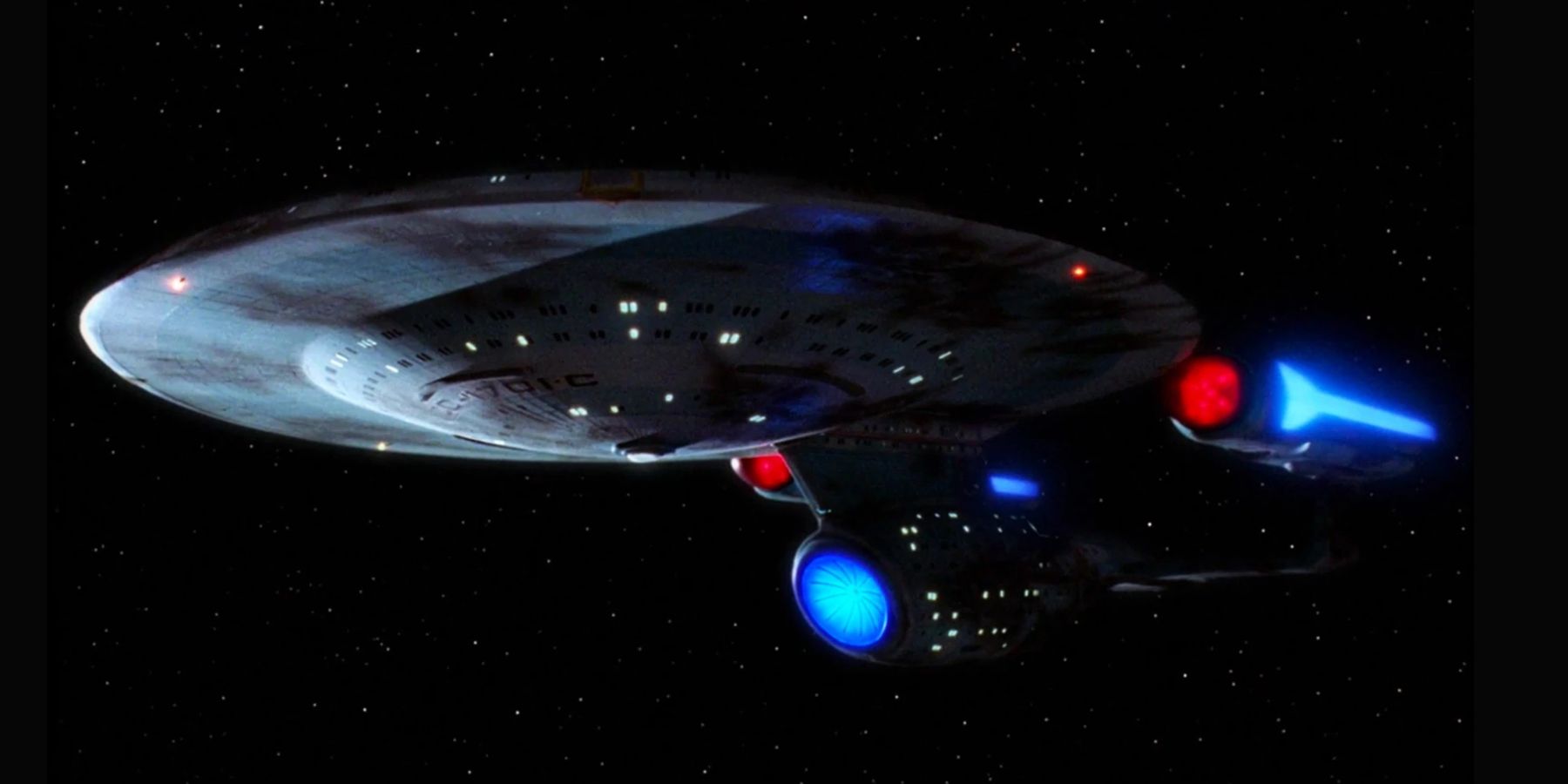With each new addition to the Star Trek universe, more and more history and lore gets added. Each iteration features a plethora of new and exciting technology (some logically better than others). Each brings in new diverse and interesting alien races with their own complex societies and cultures. Not to mention, every show and movie introduces unique characters who act as the heroes and heroines of the shows and movies.
When it came to living up to the precedent set by The Original Series, The Next Generation could have gone two ways. It could have continued directly on from the adventures of Kirk and his original USS Enterprise, or jumped to another point in time and told a new story set even further into the future. TNG did the latter, thankfully. A lot had changed since The Original Series, so much so that the main antagonists from TOS were now allies of the Federation. Why and how did the war between Klingons and the Federation end?
One reason for the end of the conflict lies outside the fictional universe, but there are of course lore reasons as well. Behind the scenes Gene Roddenberry wanted to expand the Klingon empire from a friendly perspective, and wanted to spice things up from the old formula. In terms of in-universe reasons, the answer comes in two parts. There are two important moments in Klingon history which changed the course of their relationship with Starfleet and the Federation.
The main, in-universe reason for the end of the conflict was when the Klingon moon Praxis exploded. The loss of a moon, which sounds dramatic to modern day audiences, would not normally have spelled parlay between the two mighty empires. However, this was no normal moon. Praxis was in fact the Klingons’ main source of energy. The shockwave from the explosion also managed to cause some severe damage to the Klingon home world Qo’noS’. It polluted their ozone to the point that they had to divert the majority of their remaining resources to help rebuild and ration what remained. The real-world inspiration for this narrative moment came from the disaster at Chernobyl, and the consequences for the USSR.
As a result of the disaster, the Klingons were unable to afford the war against the Federation. While surrender is not in the Klingon vocabulary, what the Federation did next was pivotal to peace between their two cultures. Instead of leaping at the opportunity to attack a weakened empire (likely something the Klingons would have done if the roles were reversed), the Federation instead sent ships to help them. They ran to the aid of their foe despite everything that had happened, because no matter what political warfare or disagreements are taking place, there's no reason to let innocent people suffer.
This went a long way to assuring peace, but the biggest problem lay within the Klingon mentality. Such an act of kindness for many old-school Klingon was actually a sign of weakness. Instead of fighting with the upper hand, the Federation chickened out and chose to avoid a fight. Such Klingon logic may seem strange by our standards, but it was held by much of the population despite the great they were given.
The next big event that helped secure peace involved the USS Enterprise itself, but not the one audiences are familiar with. Klingons weren't receptive to kindness and compassion, but The Enterprise C played a large part by showing the Klingons that Starfleet was also brave. This pivotal moment took place when the Romulans decided to end their long, yet tentative, alliance with the Klingons, and attacked an entire colony at Narendra 3. The Enterprise C, with Captain Rachel Garrett in command, received the Klingon distress call, and despite being at war, decided to swoop in and help. They rushed in without a second thought and took on four Romulan ships alone. The Enterprise was destroyed in the process, but allowed the colony of Klingons to escape.
The Klingon forces saw this as a huge act of bravery and honor. Starfleet knowingly went into a battle they would likely lose just to help save their established enemy. For the Klingons, this finally showed how powerful and brave the Federation was, a gesture that could not be ignored.
Alone, these two events would have done little to convince those in power at the time to consider an alliance between the mighty Klingon empire and Federation. The Klingons of the time were stubborn and stuck in their ways, unable to see peace between such opposing cultures as a possibility. Starfleet, however, showed them not only that they were ready and willing to make an alliance, but that they were not as weak and cowardly as the Klingons ignorantly saw them. Their kindness and compassion was not a character flaw at all. For this point onwards, the Klingon empire seemed to change (physically as well). They became less focused on war and honor and more open to the Federation's views regarding peace and friendship.

